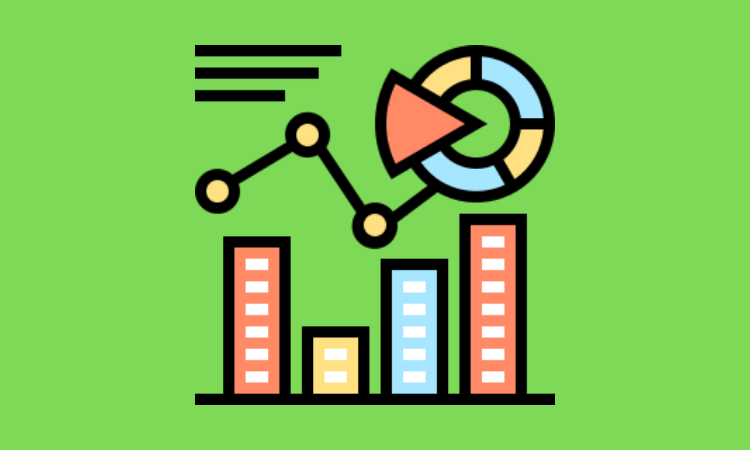Data, Member Exclusive
Moving to the other side of consumer balance sheets, Plaid launches Liabilities to address debt management
- Data firm Plaid now aggregates consumers' student loan data.
- This enables fintechs to more easily deploy solutions that help users manage their debt.








